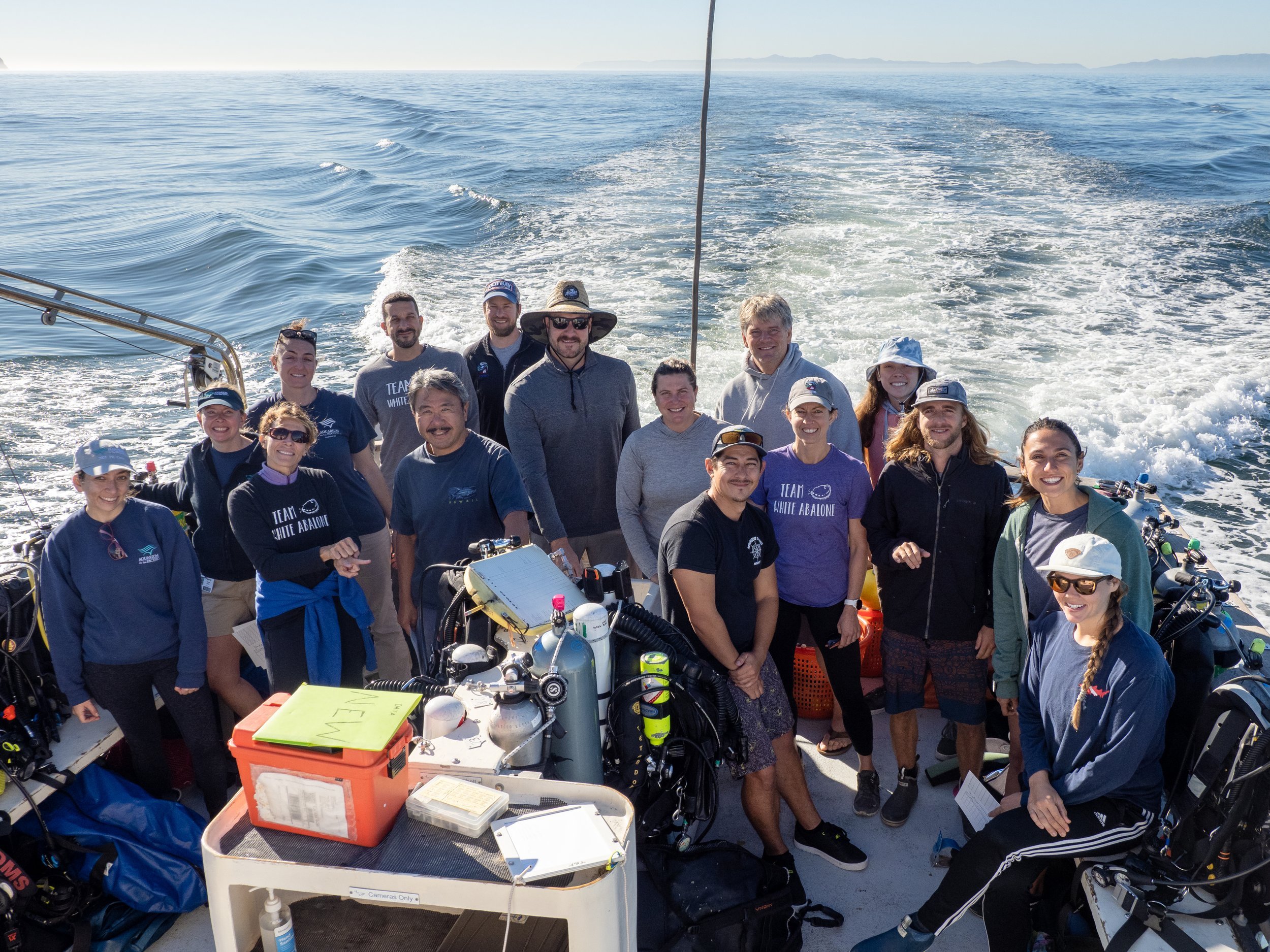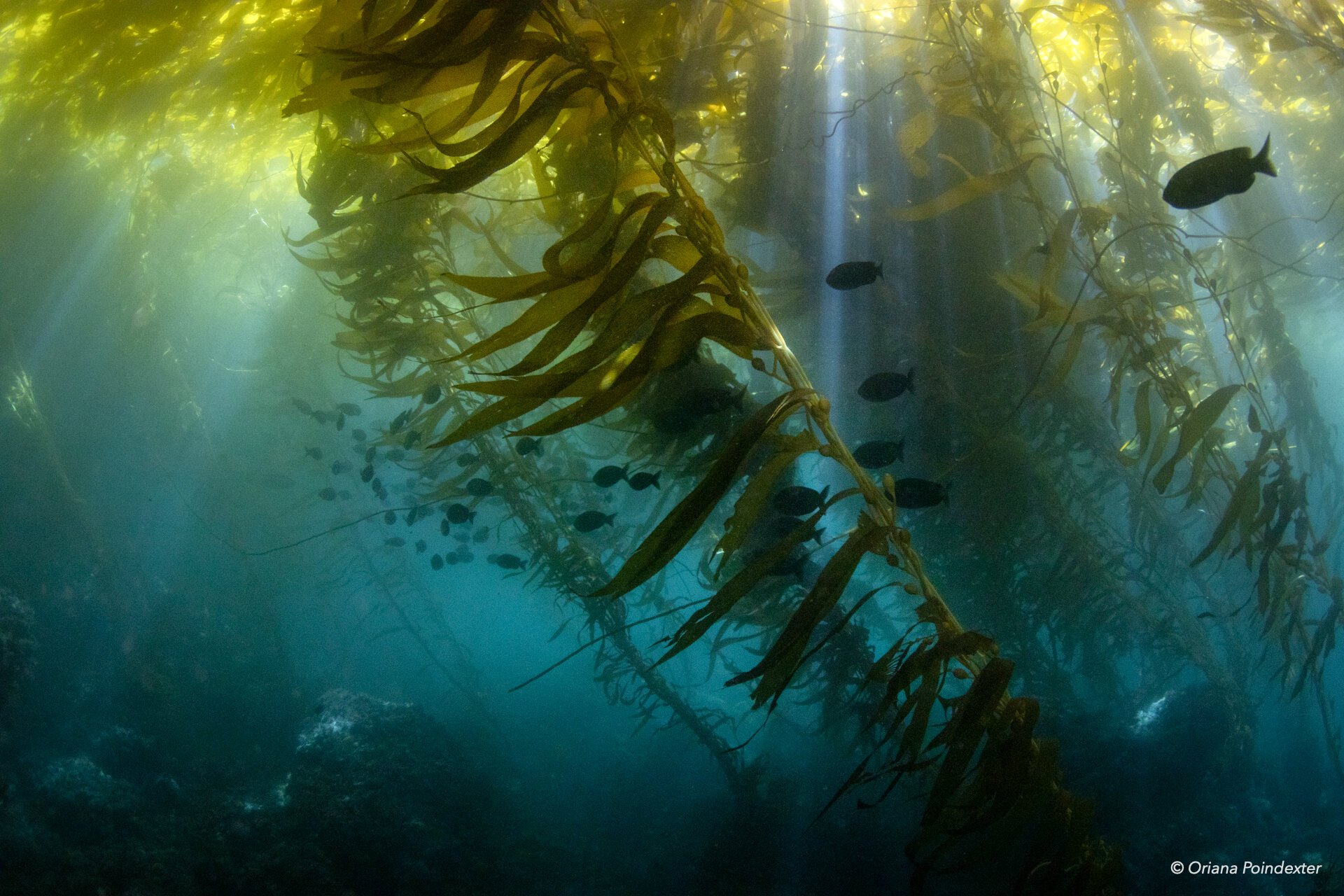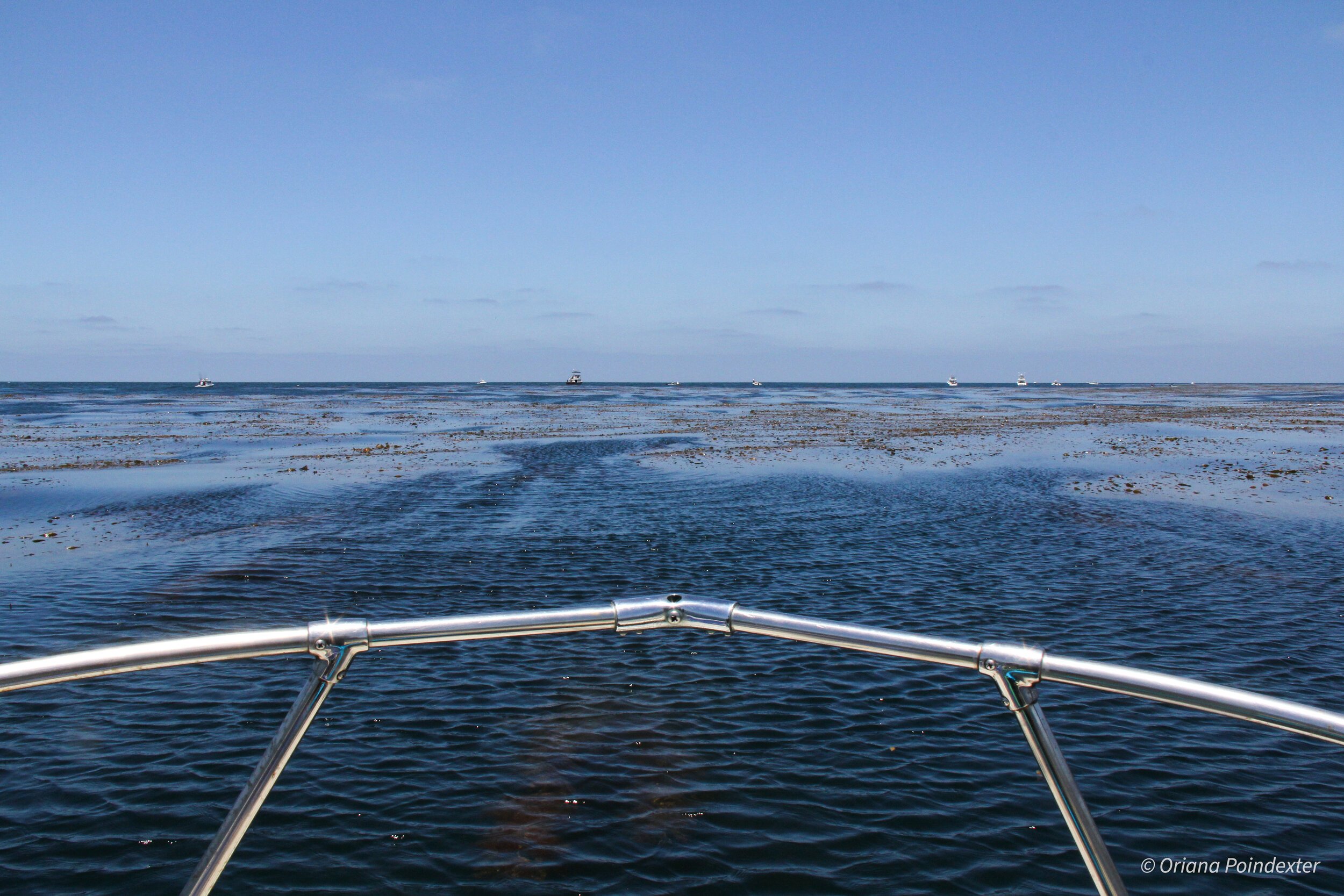
The Elusive Flat Abalone: Few & Far Between
A leading abalone geneticist, when asked for advice on where I may be able to find a flat abalone to photograph for this project, threw up his hands and laughed. Wishing me luck, he called them ‘unicorns’, and logged off the Zoom call laughing to himself about the prospect of finding a flat abalone.

Up North: Pinto Abalone Outplanting in the San Juan Islands
The morning of April 12 was cold and flat gray, the kind of morning snooze buttons and steaming cups of coffee were invented for. Instead, I found myself squinting through a steady sideways drizzle down the fuel dock of the Port of Anacortes, Washington with a backpack full of cameras.

Into the Wild: Exhibit Creation with the Aquarium of the Pacific
On the second floor balcony of the Aquarium of the Pacific in Long Beach, there’s a blank white wall twenty-five feet long. It’s about to be filled with larger-than-life images of marine snails to tell the story I’ve been documenting for over a year - in which tiny abalone are bred in labs to fulfill their destiny in the wild ocean.

Diving into Abalone Habitat: Channel Islands National Marine Sanctuary
On a mid-April morning in Ventura, my dive buddy, Huntley, and I are taking a bit of a gamble by boarding the Spectre, a day-trip passenger dive vessel. We are headed, finally, to Channel Islands National Marine Sanctuary (CINMS) for a day of diving in what was historically known as prime abalone territory.

Scuba Diving for White Abalone
The white abalone (Haliotis sorenseni) is elusive at the best of times. They were the first marine invertebrate to be listed as endangered in 2001 and went on to be named a NOAA Species in the Spotlight. This status, combined with a depth range of 15–150 feet, means that finding and photographing white abalone isn’t a simple endeavor. Add to this the restrictions in place due to COVID19, and you have yourself quite a task.
